Newfoundland year 1887 stamp – 12c. Brownish red ☀ Unused MH
Before 1809, mail to and from Newfoundland was handled through private arrangements with individuals, typically sea captains, who agreed to transport letters and packages by sea for a fee. With few roads across the island, most domestic mail within Newfoundland also traveled by boat, with delivery dependent mainly on the integrity of the ship’s captain.
On October 24, 1809, Governor John Holloway appointed Newfoundland’s first postmaster, Simon Solomon, a local watchmaker and jeweler. Solomon’s role was to handle all mail to and from the colony. He was authorized to collect three cents for each letter, with one cent to be paid to the captain of any vessel delivering the mail and two cents to himself for his services.
In 1840, Great Britain issued the first adhesive postage stamp, but it wasn’t until 1857 that Newfoundland issued its first stamp, which it continued to do until 1949. The last postage stamp issued by Newfoundland was in 1947 to commemorate the 450th anniversary of John Cabot’s discovery of Newfoundland in 1497. Postage Due stamps continued to be printed until 1949 when Newfoundland joined Canada.
The earliest stamps of Newfoundland featured a Pence issue with a combination of the floral emblems of England, Ireland, and Scotland. Queen Victoria and her husband, Prince Albert, were the first people to appear on Newfoundland stamps, eight years after the first stamps were issued.
Forty years after the first stamps were issued, Newfoundland printed its first commemorative stamps to mark the 400th anniversary of Cabot’s discovery in 1497 and the 60th anniversary of Victoria’s coronation. The themes on these stamps reflected popular activities of the time, such as hunting, fishing, logging, and mining.
A dozen Newfoundland stamps were issued in 1919 to honor soldiers and sailors from World War I, with subsequent stamps commemorating events like the first non-stop transatlantic flight and the first airmail stamp.
All Newfoundland stamps were monochromatic, featuring different shades or values of the same color or hue. Initially, they were not perforated but printed with space between them so they could be individually cut from the full sheet with scissors.


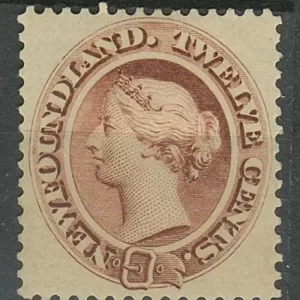
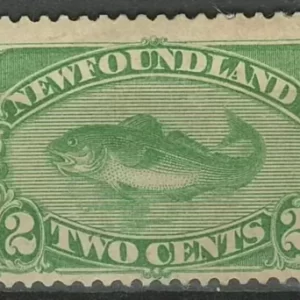
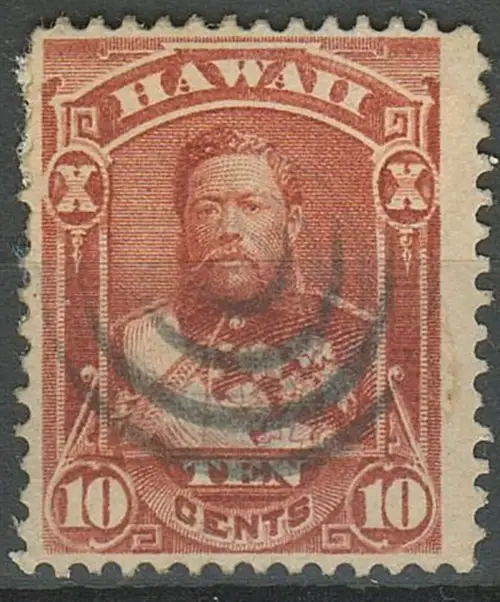
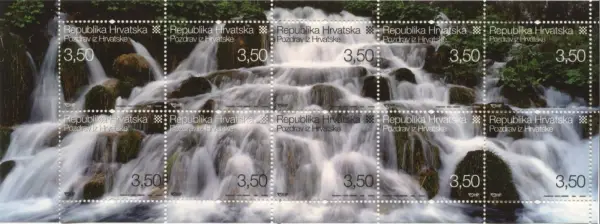
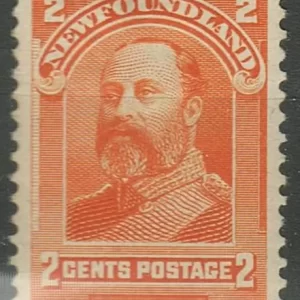
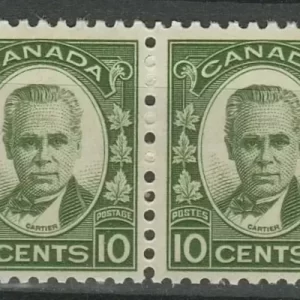
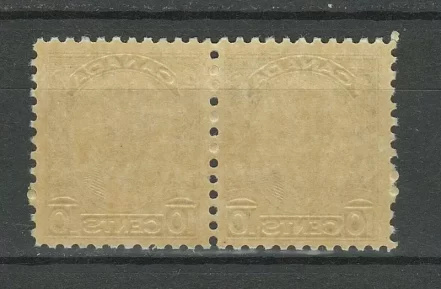
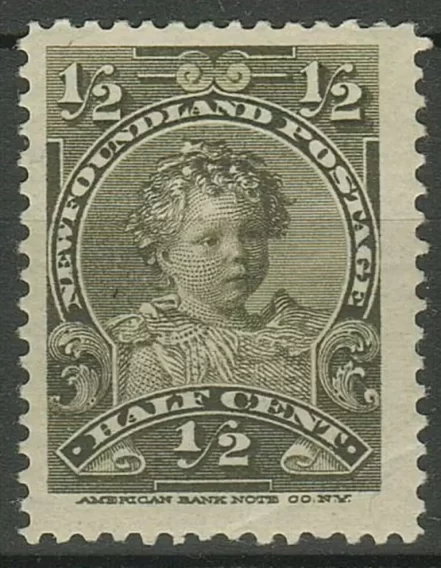
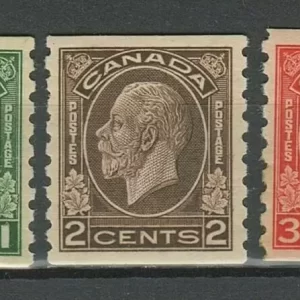
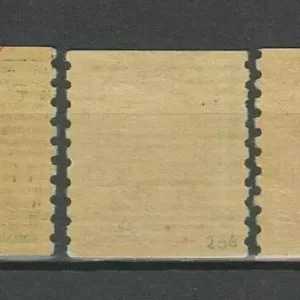
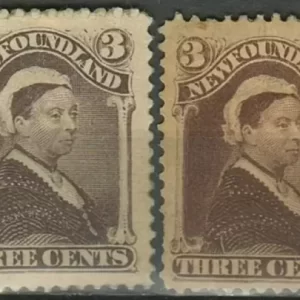
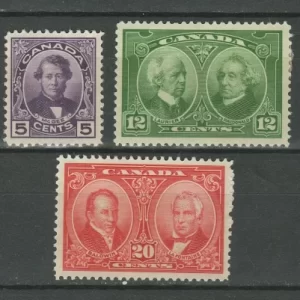
Reviews
There are no reviews yet.